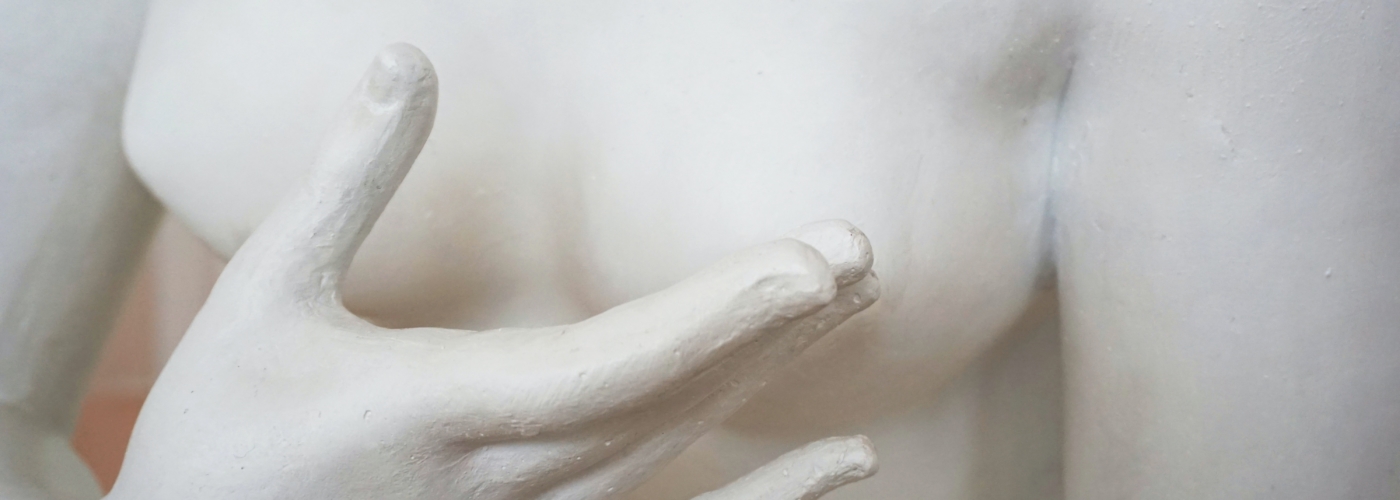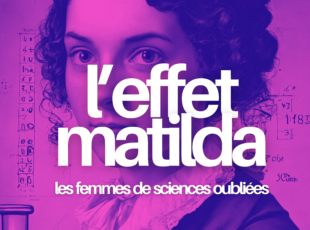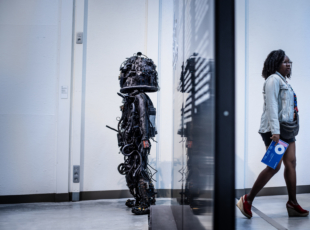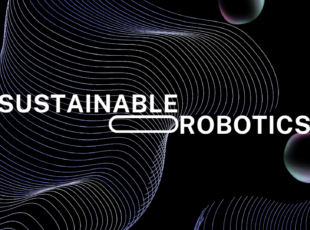Biological and digital twins of breast cancers

Article author :
80% of the women suffering from a hormone-dependent breast cancer receive chemotherapy without it having the slightest effect. To better understand this form of resistance and offer appropriate and personalised treatment, researchers are launching the ‘BiDiTwins’ project. This innovative research is based on the digital and biological twins of breast cancers.
There are some records you would rather do without. Globally speaking, Belgium is the country with the highest incidence rates of breast cancers: one woman in eight will be affected during their lifetime. The reason? The specialists have no idea. Although they do highlight certain risk factors: having few children, having them late, smoking, drinking alcohol, or living in a poor quality environment.
Each year, in our country, some 11,300 women thus develop a tumour of the mammary gland, according to the Cancer Foundation. We often talk about breast cancer in the singular. And yet there are at least three different types. The most common, present in around two thirds of cases, is hormone-dependent cancer (RH+/HER2-). In this instance, the cancer cells are sensitive to oestrogen and progesterone, female sex hormones, but do not express the protein receptor HER2.

A roll of the dice
When the diagnosis has been established, a single therapy is offered to all the patients. It begins with neoadjuvant chemotherapy, in other words, administered prior to surgery, in the hope that it may reduce the size of the tumour.
‘At the present time, it is applied without knowing if the patient will respond positively or negatively to it. In fact, for 20% of the patients, the response to this treatment is positive: when the surgery takes place, it is observed that there are no or practically no cancer cells any more. But for 80% of the patients, neoadjuvant chemotherapy definitely does not work at all. And we only discover that in the operating suite: the cancer cells are still there in massive numbers. They are then removed,’ explains Professor Cyril Corbet.
Then, all the patients receive radiotherapy and endocrine treatment. But where the difference stands out once again is in the healthy life expectancy. The women resistant to neoadjuvant chemotherapy have a 40% risk of developing an advanced stage of the disease, against 15% for the patients who have responded positively to it. ‘The response to neoadjuvant chemotherapy will predestine the development of the disease after surgery and the standard endocrine treatments.’
Understand and predict better
Faced with this costly and uncomfortable treatment which in the end has limited benefits, a consortium of researchers has created the BiDiTwins project (for Biological and digital tumour twins). They are specialists in breast cancer, molecular and cellular biology, imaging and mathematical modelling.
The first research pathway for BiDiTwins has the aim of understanding the mechanisms at the root of resistance to neoadjuvant chemotherapy. ‘We are looking into the metabolism of these patients’ cancer cells. In other words, the ways these cells feed themselves in order to produce energy, to manufacture building blocks which will allow them to divide, to multiply, explains Professor Cyril Corbet.
‘We are also attempting to understand the intercellular communication. In fact, in a tumour, there are not only cancer cells, but there are also immune cells, fibroblasts (cells originating in connective tissue, Editor’s note). They all communicate amongst themselves and their conversation contributes to the general treatment failure.’
The second research pathway is predicting the behaviour of the tumour in the face of treatment, and thus to identify the resistance mechanisms. But also to offer oncologists a more appropriate treatment when required, thanks to experiments carried out in the laboratory.
Biological and digital models
To do so, the scientists construct two models. One is biological, the other digital.

On the basis of the biopsies of the patients’ tumours, they cultivate cancer cells and form organoids. ‘What we have here is a biological twin, a mini-tumour created on the basis of the patient’s tumour and which imitates its behaviour,’ specifies Cyril Corbet. In other words, when chemotherapy is administered to this biological twin, it indicates if the mother tumour is resistant to it or not. ‘Subsequently, if we manage to create these organoids rapidly, we will be able to predict if the patient will or will not respond to neoadjuvant chemotherapy.’
As for the digital twins, here mathematical modelling comes into play. Imaging data, biological data, markers produced in the clinic: all the data concerning each patient is incorporated. On this basis, complex mathematical equations model the tumour. And, over time, should enable the response to chemotherapy to be predicted.
Personalisation of therapeutic care
In Belgium, neoadjuvant chemotherapy is always applied according to the same blueprint. The patient is administered two chemical compounds together, epirubicin and cyclophosphamide, in accordance with a certain number of cycles. Next, they receive other molecules called taxanes.
‘These 3 types of chemotherapy are used for all the patients. Thanks to the biological and digital twins, we will be able to trial different combinations and administration sequences for these molecules. And perhaps see if 4 cycles are preferable to 3, or if more taxanes and less epirubicin are needed by a specific patient.’
A vast database
‘Biological and digital twins are very closely linked. The observations carried out on the former will feed into the latter and enable them to be refined. Consequently, the greater the number of patients included in the model, the more it can be trained and the more precise it will be. We are clearly aiming for the production of personalised medicine,’ continues Cyril Corbet.
‘As we are concentrating our work on a very common subtype of cancer, we will have access to a great deal of biological and digital material.’ The project was started in September 2023, and 4 patients became involved during the first month. The scientists are hoping for the monthly inclusion of 5 to 10 patients. ‘For the moment, we are working exclusively with the Saint-Luc University Clinics. But discussions are underway to open up to other centres, such as the Bordet Institute. In fact, the more patients we have, the more precise the model and its predictions will be, and the more the treatment can be personalised and thus effective,’ concludes Cyril Corbet.
The BiDiTwins project is funded to the tune of 910,000 Euros by the research administration body at UCLouvain. In total, 15 people are rolling up their sleeves in order to advance this ambitious and necessary research.
A story, projects or an idea to share?
Suggest your content on kingkong.





